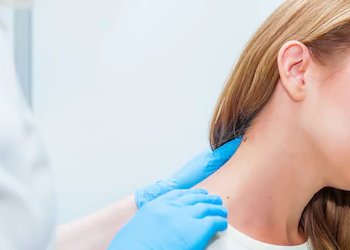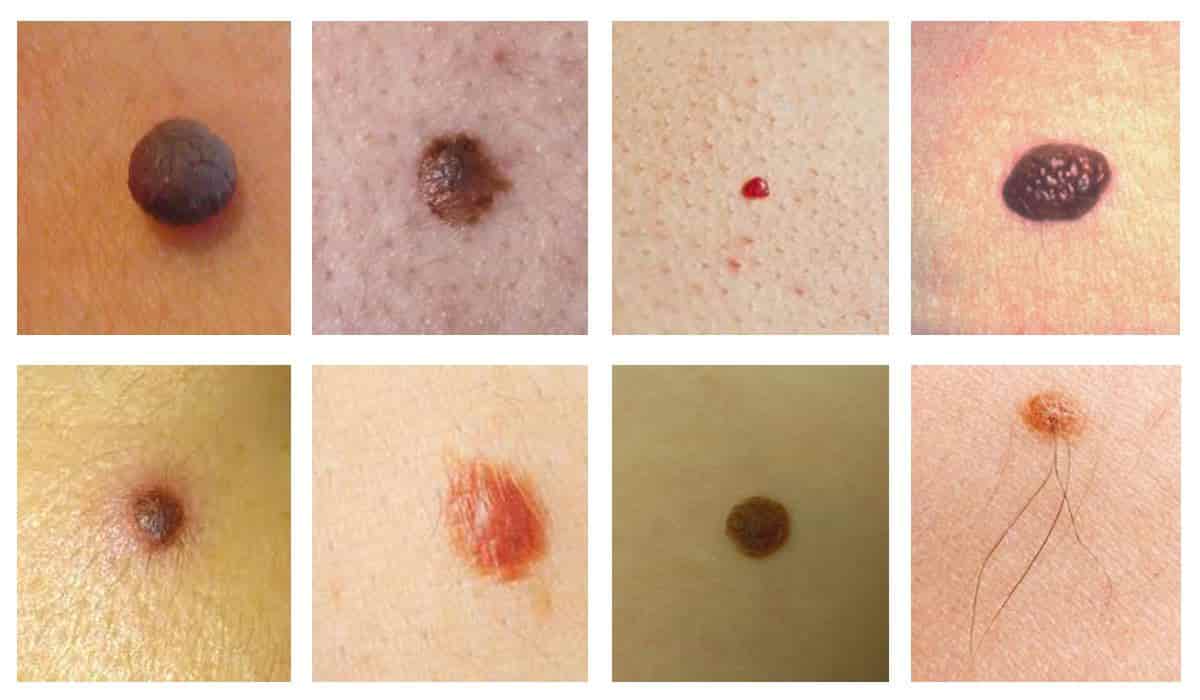MOLE CHECK-UP

When it comes to your health and skin cancer, it’s a good idea to be proactive and keep an eye out for dangerous moles. Moles can be linked to skin cancer. This is especially true if you have a family history of skin cancer linked to moles.
In addition to limiting your exposure to sunlight and using sunscreens, examining yourself for moles can help with early detection of melanoma (the deadliest type of skin cancer) and treatment.
FAQs
- When should a mole be checked?
- How do you get moles checked?
- What should I look for when examining my moles?
- What moles are concerning?
If you have any moles that are larger than most, have smudgy or irregular edges, are uneven in colour or have some pinkness, you should see a doctor and get them checked. Any moles that appear newly in adulthood should be checked. The most concerning sign, however, is a changing mole.
If you’re worried about any of your moles then you should always get them checked by a doctor.
Examine your skin with a mirror. Pay close attention to areas of your skin that are often exposed to the sun, such as the hands, arms, chest, and head.
The following ABCDEs are important signs of moles that could be skin cancer. If a mole displays any of the signs listed below, have it checked immediately by a dermatologist:
- Asymmetry: One half of the mole does not match the other half
- Border: The border or edges of the mole are ragged, blurred, or irregular
- Color: The mole has different colors or it has shades of tan, brown, black, blue, white, or red
- Diameter: The diameter of the mole is larger than the eraser of a pencil
- Evolving: The mole appears different from others and/or changing in size, color, shape
Keep in mind that some melanomas may be smaller or not fit other characteristics.You should always be suspicious of a new mole. If you do notice a new mole, see your dermatologist as soon as possible. He or she will examine the mole and take a skin biopsy (if appropriate). If it’s skin cancer, a biopsy can show how deeply it has penetrated the skin. Your dermatologist needs this information to decide how to treat the mole.
The most common location for melanoma in men is the back; in women, it is the lower leg.





